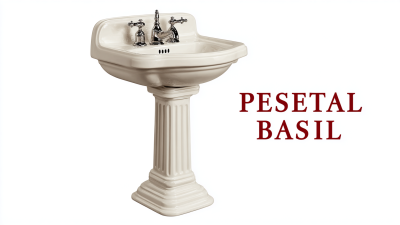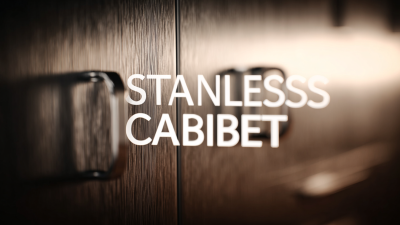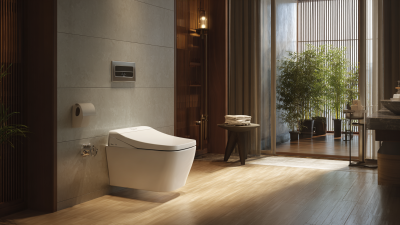Leave Your Message
Choosing the right countertop basin for your bathroom can significantly influence both the aesthetic and functional aspects of your space. With a plethora of options available on the market, from materials to styles and sizes, it can be overwhelming to determine which basin best suits your needs. This guide will delve into expert recommendations on how to select the perfect countertop basin that aligns with your personal taste while ensuring practicality. Whether you are aiming for a modern, minimalist look or a more traditional feel, understanding the nuances involved in selecting a countertop basin can help you create a bathroom that reflects your unique style and meets your daily requirements. Let’s explore key considerations that will aid you in making an informed decision and elevate your bathroom experience.
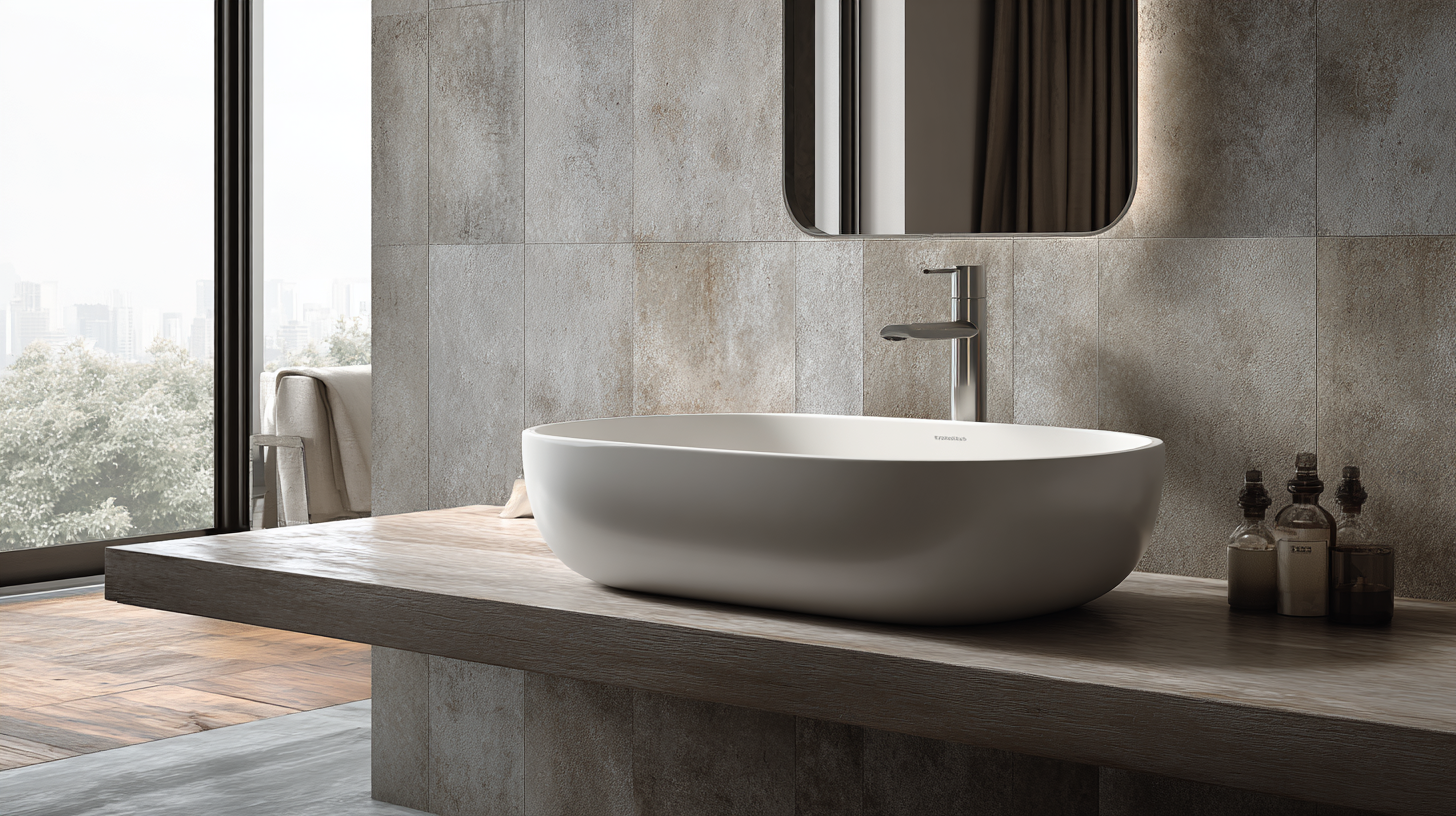
When selecting the perfect countertop basin for your bathroom, several factors should be taken into account. First and foremost, consider the size and layout of your bathroom. A larger basin may provide a more luxurious feel but could overwhelm a small space. It's essential to balance functionality with aesthetics, ensuring that your basin complements your overall design while not compromising the available space.
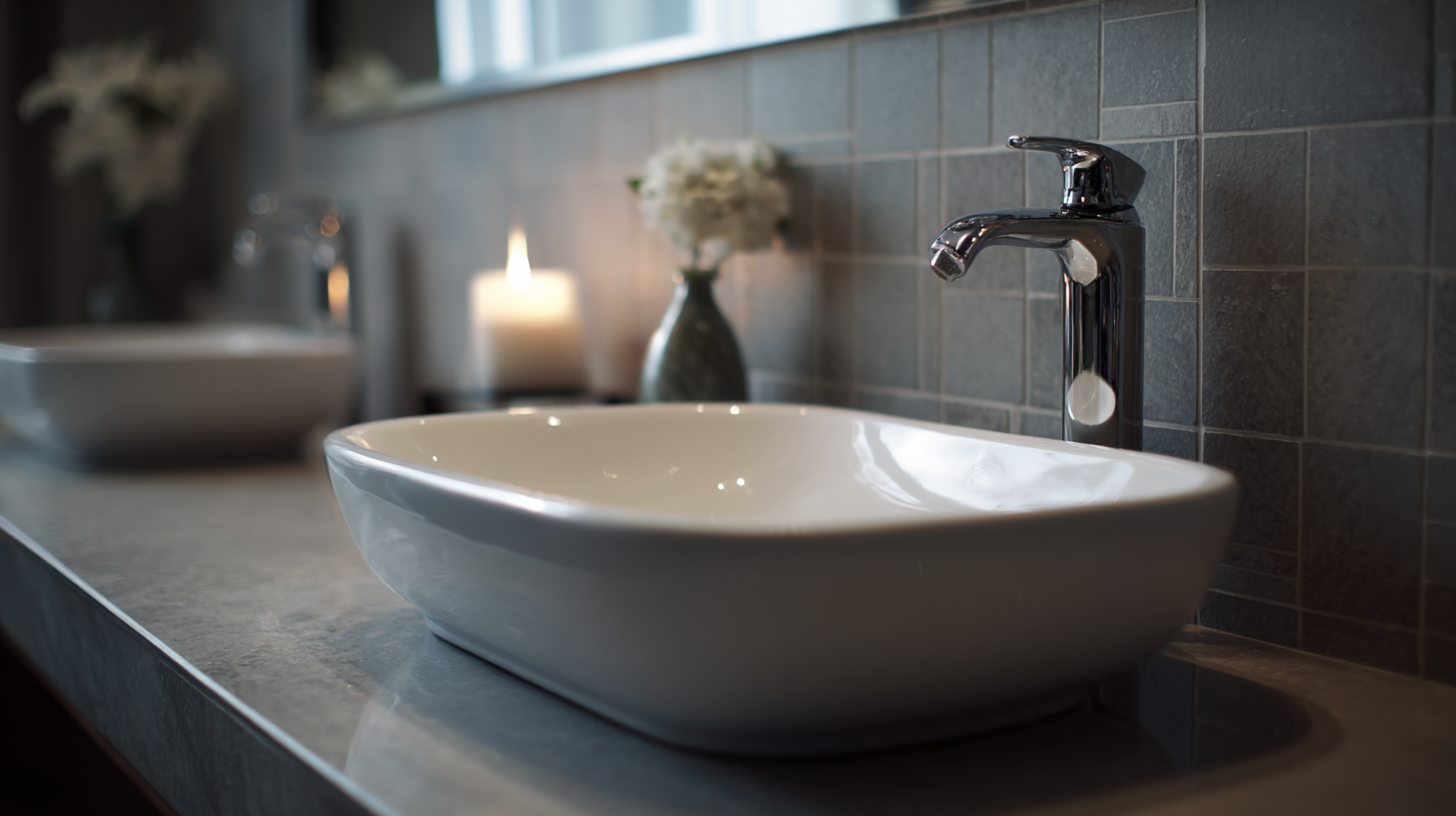
Material choice is another critical factor. Options range from natural stone to porcelain, each offering unique benefits. Natural stone, for example, brings an elegant look and durability but may require more maintenance. On the other hand, synthetic materials can provide a vast array of colors and styles, catering to modern design trends.
Additionally, think about the installation process and plumbing requirements, as these can influence your choice significantly. By weighing these considerations, you can choose a countertop basin that not only fits your bathroom's aesthetic but also meets your practical needs.
When selecting the perfect countertop basin for your bathroom, understanding the materials available is crucial. Common options include porcelain, glass, natural stone, and acrylic, each presenting unique advantages and drawbacks. Porcelain, typically revered for its aesthetic appeal and easy maintenance, boasts a durability that can withstand daily use. However, it may chip under heavy impact, which is a point to consider for busy households.
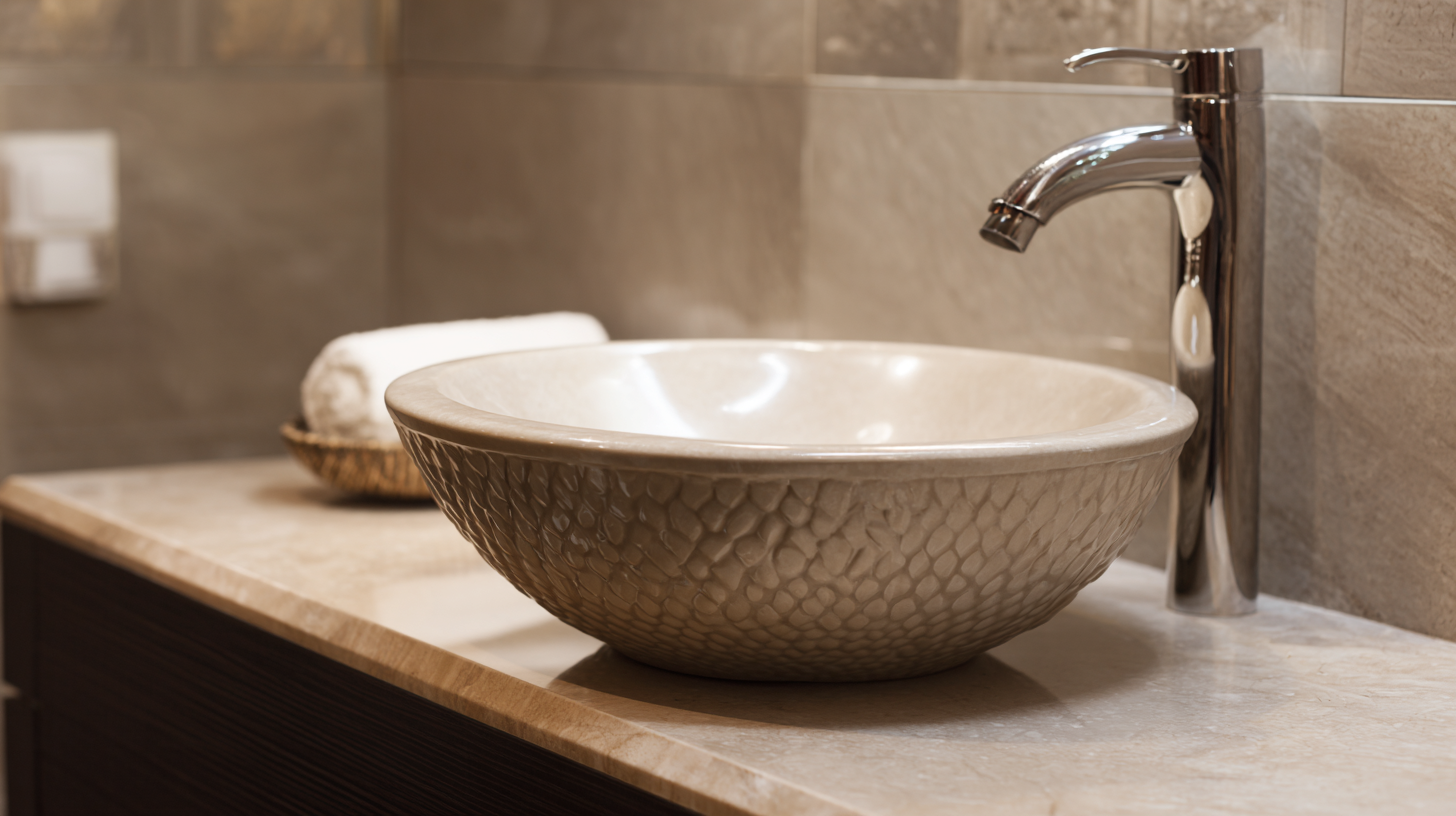
On the other hand, natural stone such as granite or marble offers an unmatched elegance and robustness. According to a 2022 report from the National Kitchen and Bath Association (NKBA), 28% of homeowners prefer natural stone for its luxurious feel, but maintenance can be a concern. These materials require regular sealing to prevent stains and water damage.
In contrast, acrylic basins, which have gained popularity due to their lightweight and versatile designs, are less durable compared to stone and porcelain, with a lifespan often shorter than their stone counterparts. Evaluating these pros and cons is key to making an informed decision that aligns with your bathroom design and functional needs.
When selecting the perfect countertop basin for your bathroom, understanding the impact of size and shape on aesthetics and functionality is crucial. According to a report by the National Kitchen and Bath Association (NKBA), 70% of homeowners consider size and style to be the most important factors in their bathroom renovations. A larger basin not only facilitates better daily use but also enhances the visual appeal of the space. For instance, a 30-inch basin can create a dramatic centerpiece, particularly in spacious bathrooms, whereas a compact 18-inch model is ideal for smaller areas, ensuring that even limited spaces feel open and inviting.
The shape of the basin further influences design considerations. Research by Houzz reveals that round basins are preferred for their softness and modern look, appealing to 62% of homeowners, while rectangular shapes are favored in more contemporary settings for their geometric precision. Each shape affects the room's flow and can complement various design themes, from traditional to minimalist. Additionally, the choice of materials—for instance, ceramic versus stone—can impact durability and maintenance, aligning with the homeowner's lifestyle and aesthetic preferences. Thus, carefully considering these elements when choosing a countertop basin can significantly elevate both the functionality and beauty of the bathroom.
When selecting the perfect countertop basin for your bathroom, understanding the essential style trends can dramatically enhance the overall aesthetic. One prominent trend is the rise of minimalist designs, characterized by sleek, geometric shapes and neutral color palettes. These basins often feature clean lines and integrated materials, blending seamlessly with contemporary vanities and contributing to a clutter-free environment.
Another notable trend is the use of natural materials. Stone, marble, and ceramic basins are gaining popularity, offering a luxurious touch while evoking a sense of tranquility. These materials not only add elegance but also create a warm, inviting atmosphere. Additionally, there is a growing inclination towards bold colors and textures, allowing homeowners to make a statement.
Vibrant hues or unique finishes serve as focal points, transforming an ordinary bathroom into a stunning personal retreat. By incorporating these style trends, one can achieve a harmonious balance between functionality and aesthetics in their bathroom design.
When budgeting for a bathroom countertop basin, it's essential to consider both your financial constraints and your desired aesthetic. Start by determining your overall budget, which should encompass not only the cost of the basin itself but also installation, plumbing adjustments, and any additional materials needed. This holistic approach will prevent unexpected expenses that can arise when underestimating costs.
Next, explore various basin types and materials that align with your budget. While natural stone or designer options may be visually appealing, they can significantly increase expenses. Consider alternatives such as ceramic or composite materials, which provide a balance of affordability and durability. Reviewing expert recommendations and product comparisons can also guide you towards high-quality options that won't break the bank. By utilizing resources that evaluate performance and customer satisfaction, you can make informed decisions that fit your design vision and financial plan.


